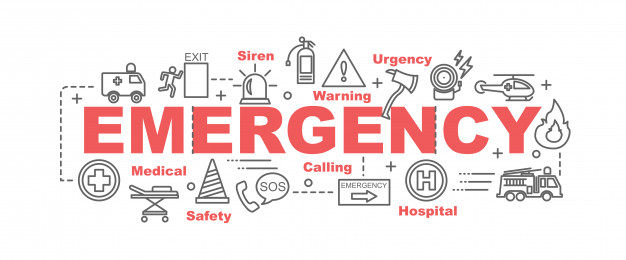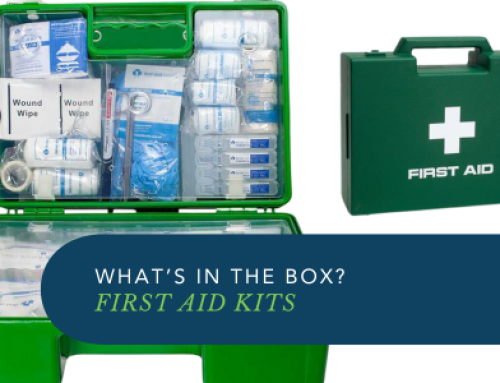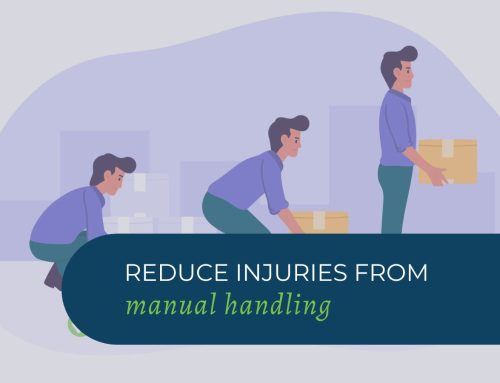In any emergency an alarm of some kind needs to be raised. There are many kinds of alarms and different choices need to be made depending on the emergency at hand. We are going to explore the different kinds of alarms, which to use and look at what to do if you don’t have the ideal alarm in your building.
An alarm is a means of alerting people that there is danger and actions need to be taken. An alarm is not necessarily a device or piece of equipment. The most basic of all alarms could well be simply yelling for help. In the case of an armed intruder an alarm could be, by design, absolutely silent. It all gets back to alerting other people that there is an emergency, and a course of action needs to happen. This may involve the evacuation of all occupants or it could be an alarm signaling that the premises become locked down and no one is to leave the building.
No two facilities are the same and there are different methods for alerting occupants depending on the building and organisation. Many facilities have a fully integrated Fire Alarm System with a Fire Indicator Panel. If yours does, the Fire Indicator panel will be near reception or the front of the building. Smoke will often trigger a detection device, which will be indicated in the panel, and the alarm will be audible throughout the building. Often, but not always, this alarm will immediately notify the Fire Brigade. However never presume the Fire Brigade is coming. Always call 000, without ever presuming that this is not necessary, to advise them of the exact situation.
Some fire alarm systems have two different tones and some only one. The initial tone is an alert tone and the second an evacuation tone. Evacuation in this case should generally only commence on the sounding of the Evacuation or “whoop, whoop, whoop” tone. In the case where there is only one tone, it will usually be the Evacuation tone. Warden teams need to be drilled in how and when to instruct people to evacuate according to the alarms in their facility.
Many facilities have a manual call point or break glass alarm incorporated into the fire alarm system. These can be used by anyone at any time when an emergency has been identified and the alarm has not already sounded. As always, call 000 in the event of an emergency.
In some facilities there is no fire alarm in the building however, there could be smoke detectors/alarms. These are similar to what we have in our homes. These are definitely better than no alarm at all and it is advisable to install these if you don’t have other alarms. If the smoke detector is set off, the associated alarm will alert occupants to the potential emergency.
There are many examples of facilities that have no alarm equipment at all. So, what can you do?
Let’s remember that the goal is to alert all occupants that there is an emergency and that it may be life threatening and also requires an immediate response. The appropriate response could be a complete evacuation however, it is important to alert and remove those occupants who are nearest the danger as quickly as possible. Let’s explore some ways of raising the alarm and alerting occupants when you don’t have actual alarms built into your facility.
Using a whistle is an easy, inexpensive and effective way of alerting people. They can be mounted on walls in different locations throughout the building. The whistle blown loudly will alert occupants in the immediate area and can be continually blown as you move throughout the facility. Ideal for smaller facilities
A Public Address (PA) System is an effective way of communicating the alert throughout the facility. It’s important to test these to establish if the PA is actually audible in all areas.
Your facility may use a hooter or air-horn. These are easy to use and effectively loud. They can be placed in strategic places throughout your facility.
A megaphone can serve two purposes. One is to communicate to staff inside or outside of the building. It many also have an inbuilt siren or alarm. Switch on the alarm to effectively alert occupants. You can move between the siren and giving verbal instructions to ensure effective communication is achieved. It is important to routinely check these to ensure that batteries are still okay.
Another way of raising the alarm is by using your voice to alert people. This could be the first thing that you do quite instinctively. It may not be the most effective method, but with a loud voice it will work to alert those occupants in the near vicinity.
The effectiveness of the alert can be increased by using many forms of alarm concurrently. Not all alarms need to be audible either. Warden identification will assist in getting occupants attention and having people follow directions. Some facilities may have strobe lights as an added way or raising an alarm. This can be additionally helpful for occupants with hearing difficulties.
An emergency, such as a bomb threat or hostile intruder, may require immediate response and the alert raised however, not always with an audible alarm. Facilities may use a code system which is a discreet means of raising an alarm. A particular phrase or code could be announced over a PA that indicates to wardens/staff what response needs to happen.
All emergencies require an immediate response which will only happen if an alarm is effectively raised immediately throughout the facility. The ability to raise an alarm is critical when it comes to saving lives in an emergency. Remember that you can’t always choose what alarms are available at our site, but you can raise an alarm in many different ways regardless.
The team here at WEM can assist your Warden Team in creatively learning and putting into practice methods of alerting their team in an emergency situation and help them evacuate to safety.
GET IN TOUCH
Are you ready for peace of mind that your workforce is as safe and prepared as possible?
With a dedicated team of staff ready to help you meet compliance requirements and improve the overall safety of your workplace, all you need to do is get in touch.
Request your free audit today!



